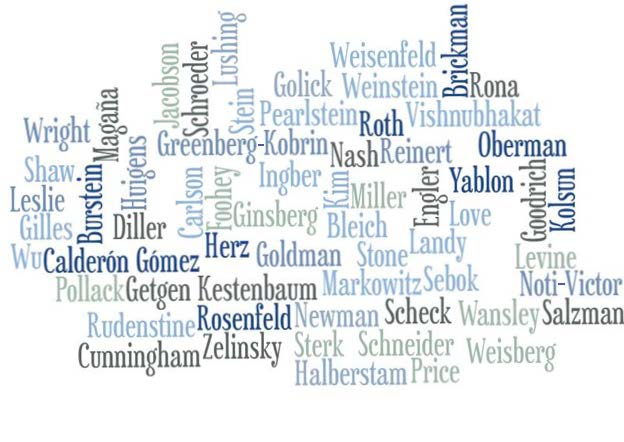Publication Date
2011
Journal
Indiana Law Journal
Abstract
In Conley v. Gibson, 355 U. S. 41 (1957), the Supreme Court announced its commitment to a liberal pleading regime in federal civil cases, and for decades thereafter was steadfast in resisting ad hoc heightened pleading rules adopted by lower courts. Thus, from 1957 until a few years ago, most litigants could count on surviving a motion to dismiss a complaint for failure to state a claim so long as their pleading provided some minimal notice to the defendant of the nature of their claim. Enter Ashcroft v. Iqbal, 129 S. Ct. 1937 (2009) and Bell Atlantic Corp. v. Twombly, 550 U.S. 544 (2007). Iqbal and Twombly, on many accounts, two-stepped the Court from notice to heightened “plausibility” pleading for all civil cases. And it garnered applause and withering criticism. No one seems willing to defend the process that the Court used to abandon fifty years of pleading law - shorn as it was of any attention to the procedures contemplated by the Rules Enabling Act - but as a substantive matter, heightened pleading has many adherents. For heightened pleading advocates, it promises to reduce crowded dockets, make discovery available only to worthy litigants, and generally improve the quality of litigation to which attorneys and federal courts devote their attention. And at the bottom of it all lies a fundamental assumption - notice pleading lets in too many worthless cases and heightened pleading will keep them out. Despite this assumption, however, there has been almost no empirical analysis of the connection between merit and pleading.
This Article critically intervenes in this discussion by providing empirical data to question the widespread assumption about the benefits and costs of heightened pleading. The data reported here show that pleadings that would get by under a notice pleading standard but not a heightened pleading standard - what I refer to as “thin” pleadings - are just as likely to be successful as those cases that would survive heightened pleading. Indeed, the research summarized in this Article, gathered through a novel retrospective analysis of appellate and trial court decisions from 1990-1999, suggest that there is no correlation between the heft of a pleading and the ultimate success of a case.
This Article certainly does not end the debate, but it is better to begin on solid empirical footing than on supposition alone. Although there are limitations to the data reported here, they are more than we have had before, and they call attention to the costs of heightened pleading even as they suggest avenues for further research. As Congress, the judiciary, and the academy are engaged in a critical discussion as to how to respond to the Supreme Court’s most recent alteration of pleading jurisprudence, relevant empirical data should be part of the conversation.
Volume
86
First Page
119
Publisher
Indiana University Maurer School of Law
Keywords
Ashcroft v. Iqbal, Bell Atlantic Corp. v. Twombly, Federal Rules of Civil Procedure (FRCP), complaint, notice pleading, plausibility pleading, empirical legal studies
Disciplines
Law
Recommended Citation
Alexander A. Reinert,
The Costs of Heightened Pleading,
86
Ind. L.J.
119
(2011).
https://larc.cardozo.yu.edu/faculty-articles/380


